Last week we saw the reigning world champion Magnus Carlsen taking a leaf from Alekhine’s book to destroy eccentric opening play by the Swedish grandmaster Nils Grandelius. This week we see Alekhine himself in action, launching a sacrificial maelstrom which destroys his hapless opponent.
Alekhine once wrote, ‘It is especially with respect to the original opening of this game that people often speak of a “hypermodern technique”, a “neo-romantic school” etc. The question is in reality much simpler. Black has given himself over to several eccentricities in the opening which, without the reaction of his opponent, would in the end give him a good game.’ He was actually referring to the opening moves of his game against Rubinstein from the Hague 1921. But his note could equally well apply to the attack he launches in the following game against the Finnish master Böök.
In the 70th anniversary year of Alekhine’s death as world champion, Everyman Chess has published Alekhine: Move by Move by Steve Giddins, upon which I have based the comments to this game.
Alekhine-Böök: Margate 1938; Queen’s Gambit Accepted
1 d4 d5 2 c4 dxc4 3 Nf3 Nf6 4 e3 e6 5 Bxc4 c5 6 0-0 Nc6 7 Qe2 a6 Black is mixing systems. 6 … a6 is the main line, whereas combining it with an early … Nc6 creates a few problems for him. 8 Nc3 b5 9 Bb3 b4 This is the move which brings the roof down on Black’s head, although things are already not that easy for him. 10 d5 Na5 Relatively best. The alternatives are worse, for instance 10 … exd5 11 Nxd5 Nxd5 12 Rd1 Qc7 13 Bxd5 leaves Black in serious trouble, as he cannot complete his development satisfactorily. 11 Ba4+ Bd7 12 dxe6 fxe6 (see diagram 1) 13 Rd1 A typical Alekhine piece sacrifice. 13 … bxc3 14 Rxd7 Nxd7 15 Ne5 Ra7 (see diagram 2) 16 bxc3 This quiet recapture is a remarkable move. 16 Qh5+ was the obvious continuation when 16 … g6 17 Nxg6 hxg6, when White can obtain a draw by repetition with 18 Qxg6+ Ke7 19 e4 Bh6! (the only satisfactory defence to the threat of Bg5+) 20 Bxh6 Qg8 21 Bg5+ Kf8 22 Bh6+ Ke7 23 Bg5+ Kf8 etc. 16 … Ke7 This is the critical point of the game. This move, trying to escape the pin on the d7-knight, is bad. The obvious and natural move is 16 … g6 with unclear play. 17 e4 Threatening 18 Bxd7 Rxd7 19 Bg5+. 17 … Nf6 18 Bg5 Qc7 19 Bf4 Qb6 20 Rd1 g6 This stops a subsequent Qh5 and also attempts to develop the kingside, but now the weakness of the f6-knight is fatal. 21 Bg5 Bg7 22 Nd7 Rxd7 Or 22 … Qc7 23 e5, winning easily. 23 Rxd7+ Kf8 24 Bxf6 Bxf6 25 e5 Black resigns If the bishop moves, there is a deadly check on f3.
Got something to add? Join the discussion and comment below.
Get 10 issues for just $10
Subscribe to The Spectator Australia today for the next 10 magazine issues, plus full online access, for just $10.

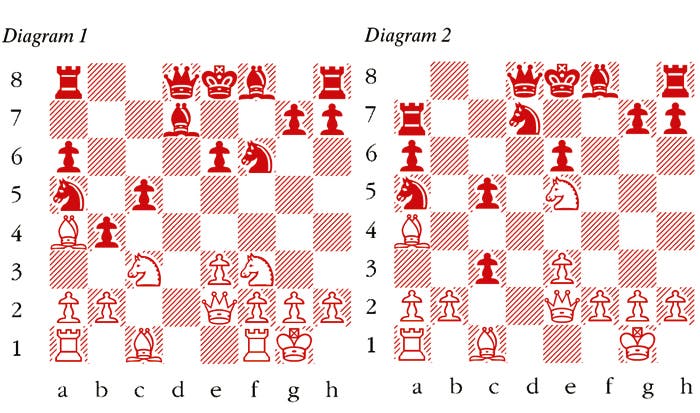
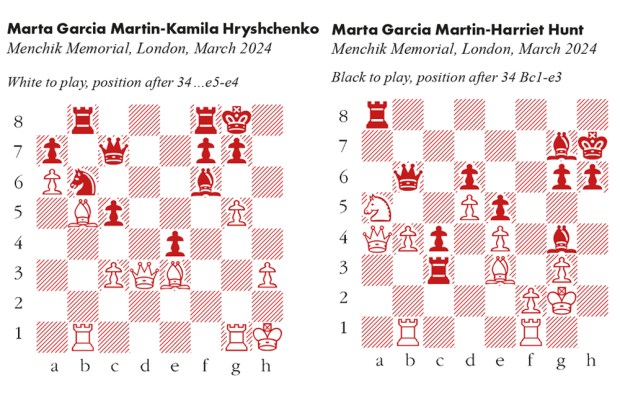

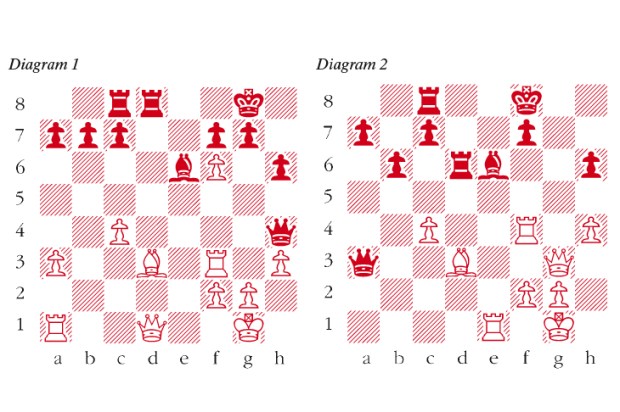
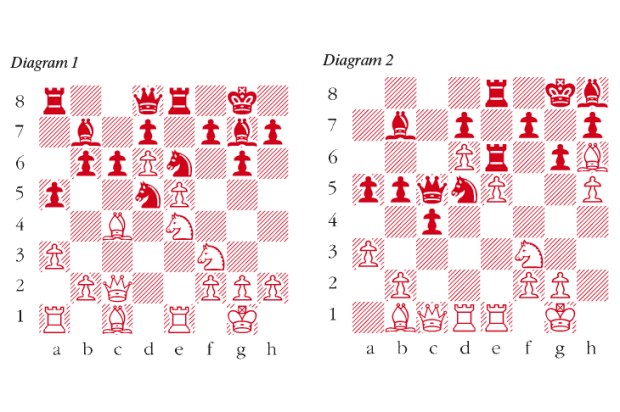
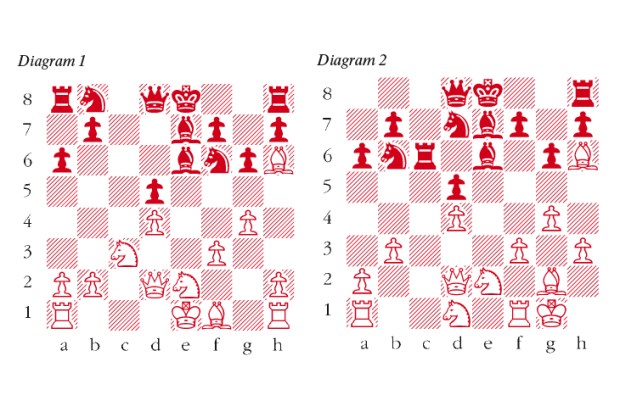
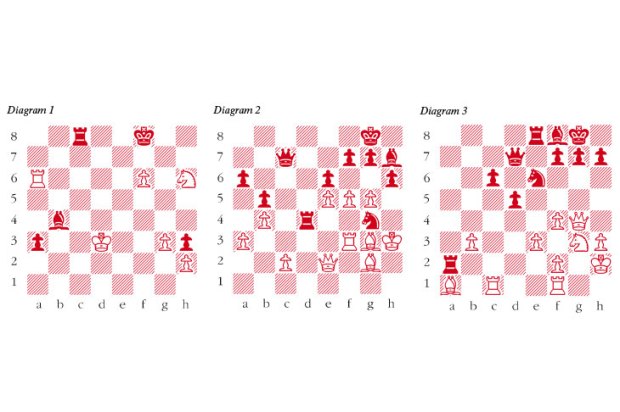






Comments
Don't miss out
Join the conversation with other Spectator Australia readers. Subscribe to leave a comment.
SUBSCRIBEAlready a subscriber? Log in